
Carcinogenic compounds in our cupboard? The case of herbs and spices.
Oregano, rosemary, thyme, pepper, cumin, turmeric, paprika, and cinnamon are only some of the herbs and spices that everyone should have in their kitchen. If you want to prepare a colorful, aromatic, and tasteful meal just a pinch of one of them or better a combination of them can make even the most basic recipes taste new and interesting. Aside from their efficacy, spices, and herbs are classified as “all-natural” or from “natural sources”, projecting high expectations regarding their quality.
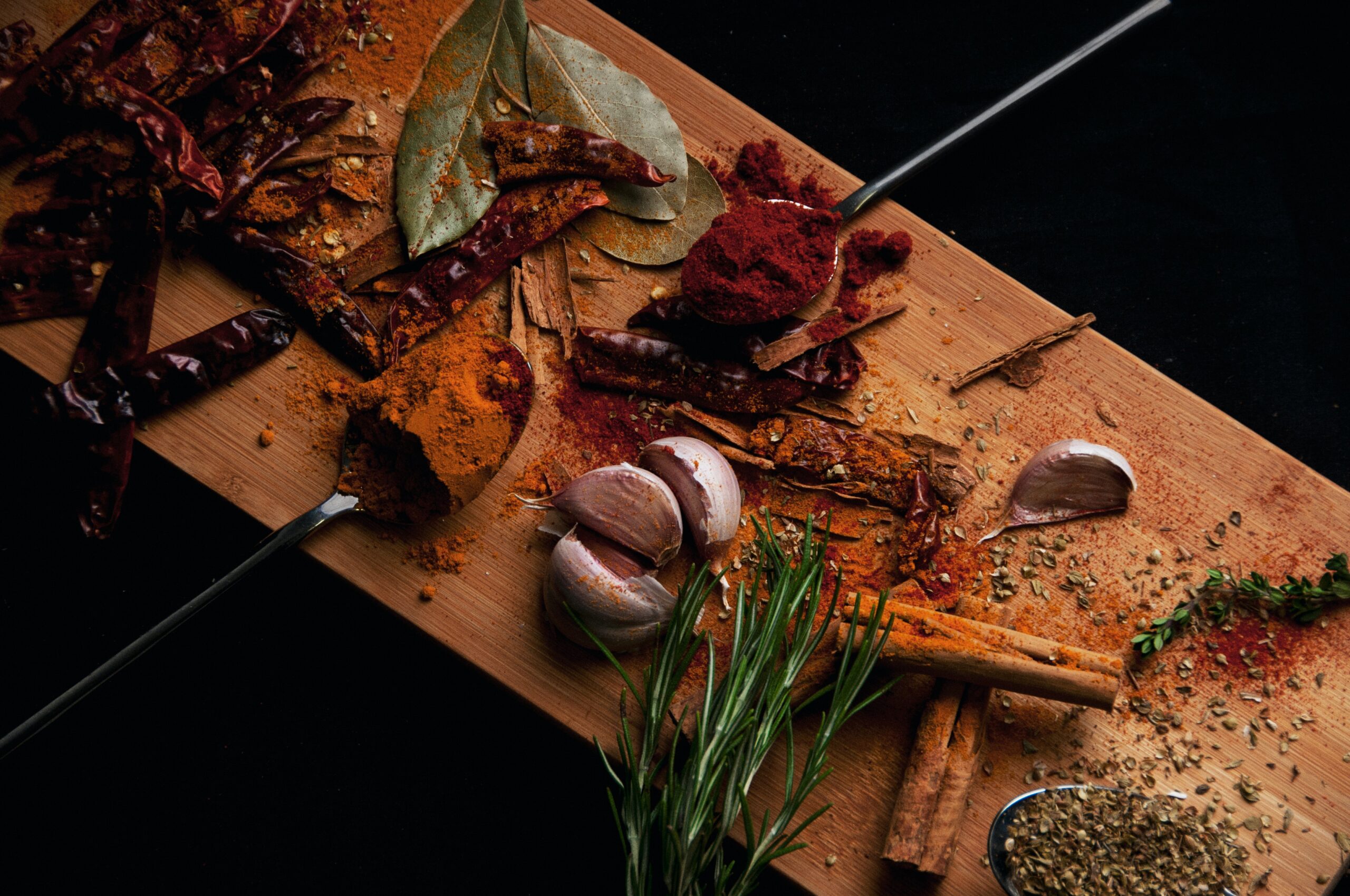
Therefore, with the ever-increasing use of herbs and spices and the global expansion of the seasonings market, safety issues have become a major concern for all parties in this specific food industry. Unfortunately, studies and incidents indicate that the food category of herbs and spices is either subjected to potential adulteration, with the use of illegal food additives (e.g. colorants), or it might be highly contaminated with pathogens and/or toxic chemical compounds. Regarding the latter, major groups of chemical hazards in spices and herbs are mycotoxins, pesticide residues, heavy metals and persistent organic pollutants, such as polycyclic aromatic hydrocarbons (PAHs).
PAHs are a large group of organic compounds. They are produced during combustion and pyrolytic processes, being further distributed in air, water, soil and sediments.
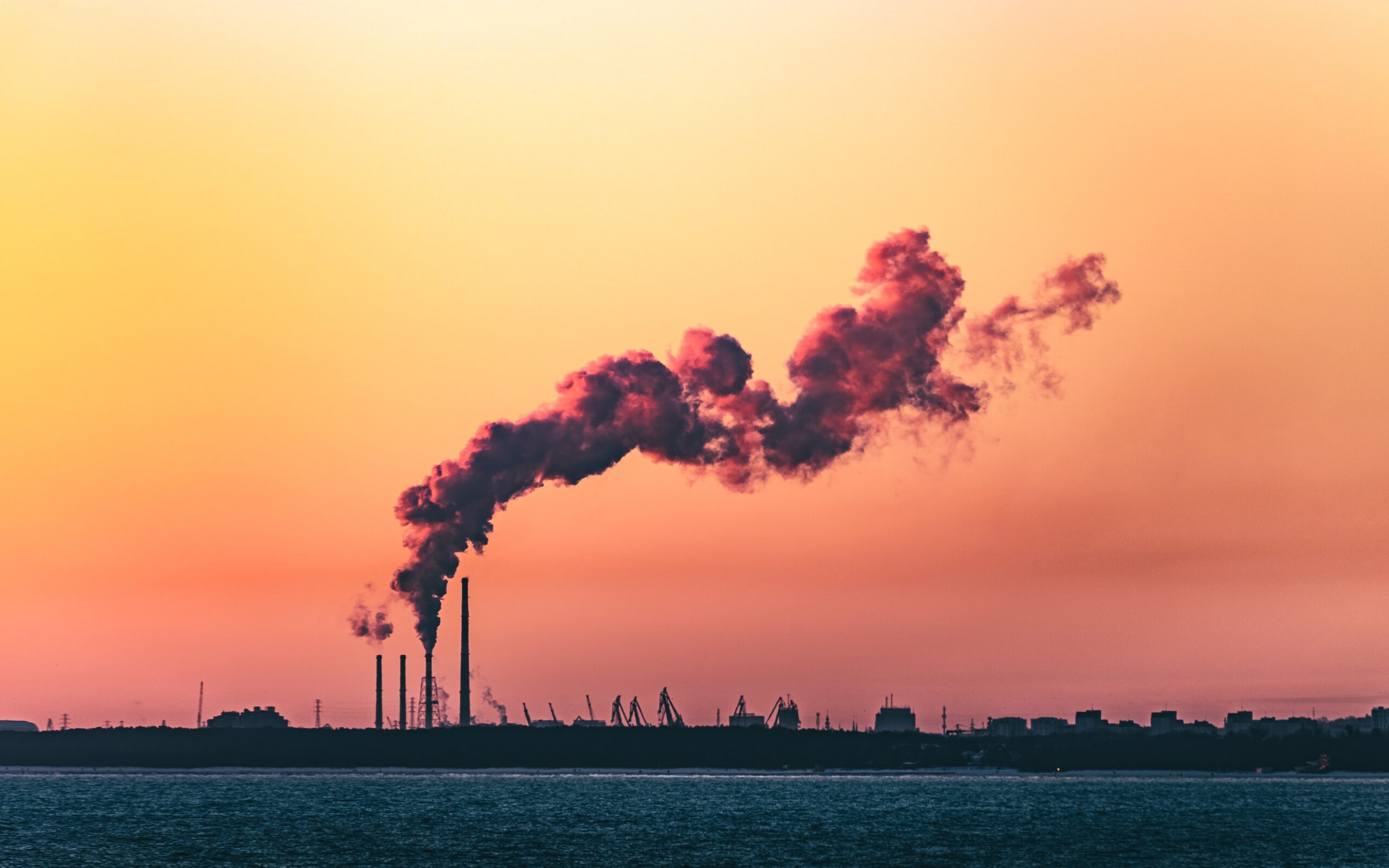
They subsequently enter the food chain, and accumulate in the living organisms. As some of them have proved to be toxic and harmful, their entrance in the organisms might trigger their mechanism of toxic action. Thus, they are considered a "threat" to humans and other creatures.
Sixteen of them are designated as high priority pollutants by the US-Environmental Protection Agency (EPA) and Food and Drug Administration (FDA), while the European Food Safety Authority (EFSA) has identified again sixteen PAHs (some of them common with EPA’s high priority pollutants) as mutagenic, toxic and carcinogenic. Human exposure to PAHs is principally through food consumption, excluding smokers, for whom smoking has a major contribution. For that reason, EU has established maximum limits (MLs) for the presence of benzo[a]pyrene, the most dangerous PAH, and the sum of 4 PAHs (benz[a]anthracene, chrysene, benzo[a]pyrene, benzo[b]fluoranthene) in certain food categories, for the protection of public health. For the category herbs and spices, the establish MLs are 10 μg per kilogram (μg/kg) of product for benzo[a]pyrene and 50 μg/kg of product for the sum of 4 PAHs, numbers which are far bigger than the corresponding in other food categories. This increased limit of presence is attributed mostly to the fact that herbs and spices is a major PAHs burden food category and a limit in the levels of other food categories, would result in possible withdrawals of the market in many cases. In fact, cardamom and smoked Capsicum species are exempt from the established MLs just to enable these smoked products to remain on the market, despite their increased PAHs levels.
But how exactly herbs and spices are contaminated with PAHs and why are they considered as highly contaminated? The answer is simple. Significant levels of PAHs are detected in herbs and spices, mainly due to the inappropriate drying processes, at the stage of their production. These inappropriate practices are still the usual techniques used in many countries, in order to acquire the organoleptic and commercial quality characteristics and parameters.
In their study “The occurrence of polycyclic aromatic hydrocarbons in dried herbs and spices” Rozentale et al. analyzed 150 samples of this category, such as oregano, basil, thyme, black pepper, paprika, nutmeg, etc., originating from EU, for the presence of PAH. Amounts of PAHs were detected in 86% of the samples, with the average concentration of benzo[a]pyrene at 6.60 μg/kg. Black pepper was the spice and thyme was the herb with the highest levels for the sum of all PAHs. Paprika and basil came second in PAHs’ level, in the corresponding categories. This extensive study was actually a confirmation that herbs and spices are often contaminated with PAHs at very high levels.
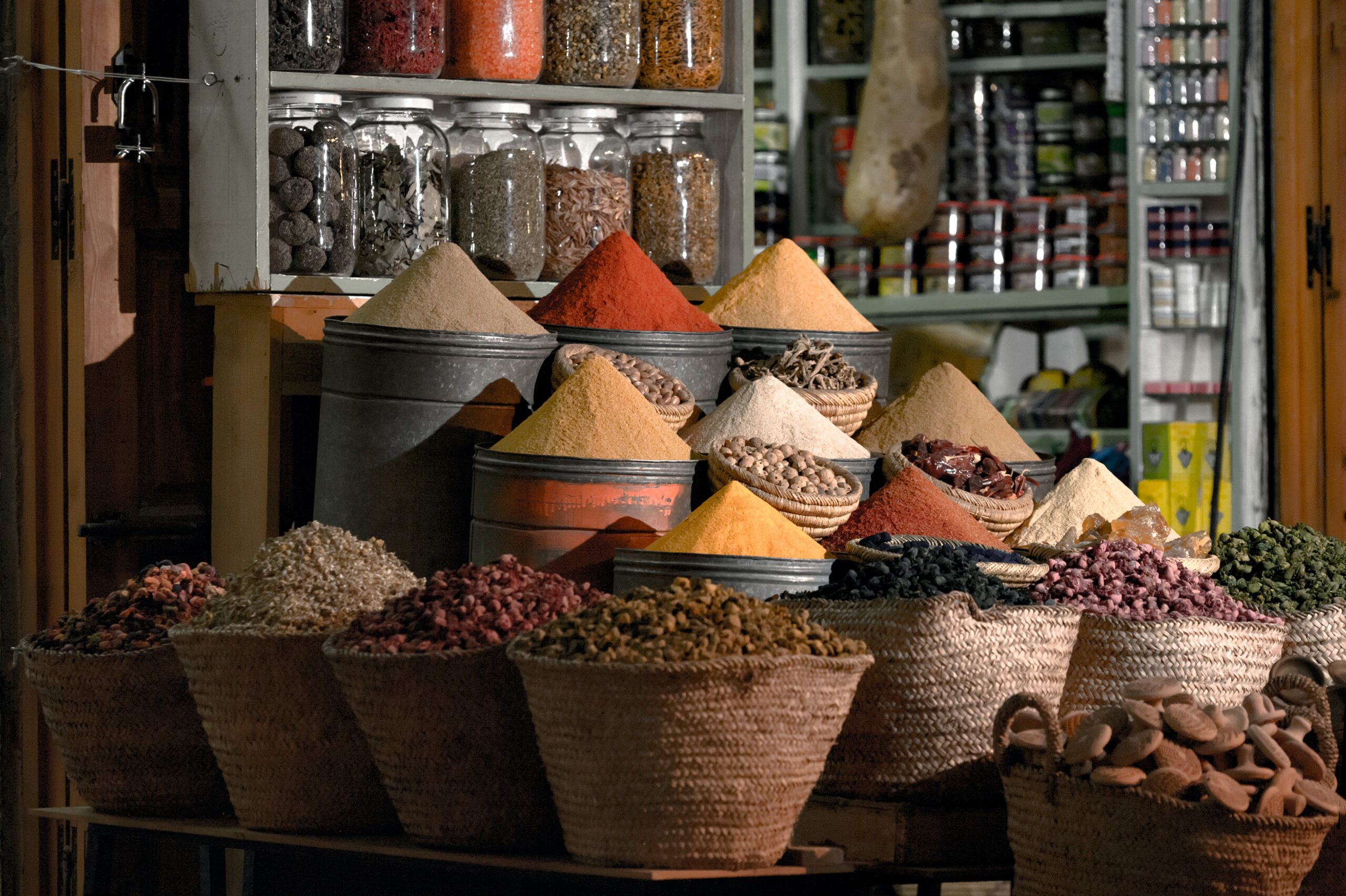
In general, herbs and spices are a category characterized by high safety risk issues. Using the FOODAKAI database, one can ascertain that there were 1600 recorded safety issues regarding herbs and spices between March 2021 and March 2023. Incidents per country are shown in Graph 1 (countries with a percentage lower than 2% are not included in the Graph 1) and incidents per hazard in Graph 1.
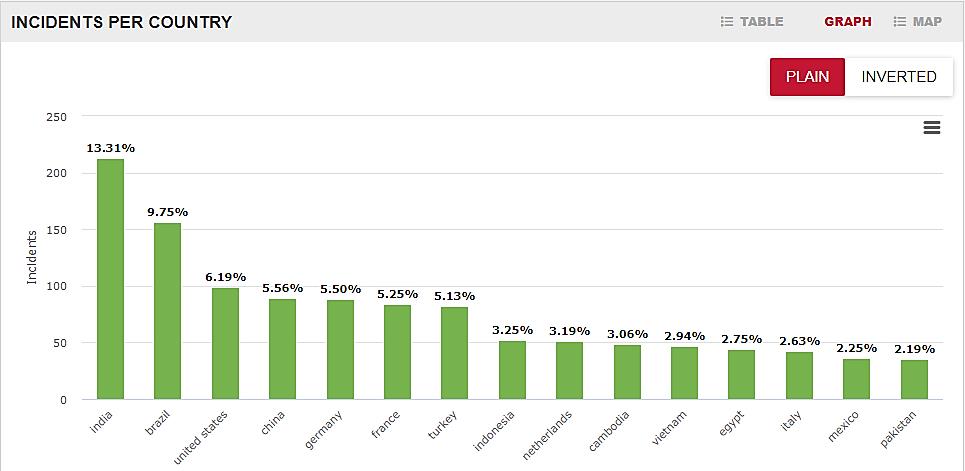
Sixteen of these incidents concerned the presence of PAHs in commodities from this category, above the legal limits. Nine food products were found to exceed the established ML for benzo[a]pyrene, one for chrysene and the rest six for the sum of 4 PAHs. Bay leaves were the product that was found most often contaminated (see Graph 2 by FOODAKAI).
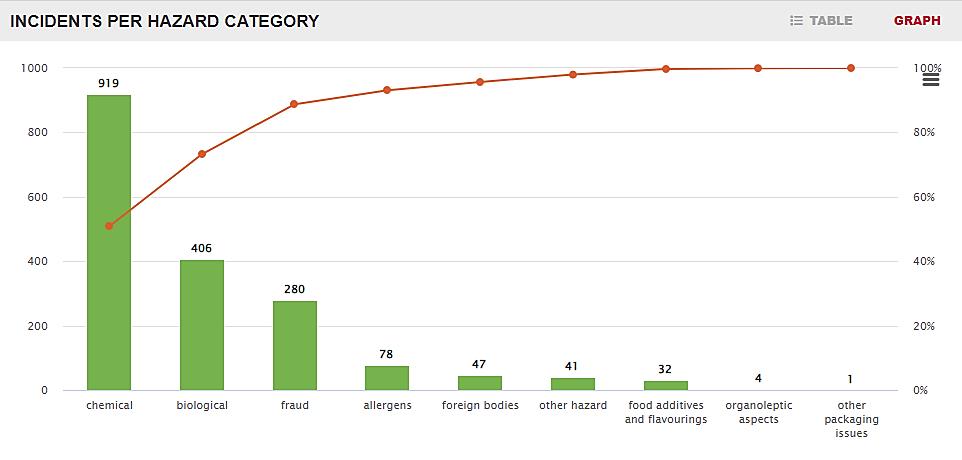
Actually, in one case, just last September, the detected sum of 4 PAHs in bay leaves originating from Bangladesh was found at the enormous level of 299.2 μg/kg, when the ML lies at 50 μg/kg. For nettle powder and organic paprika powder, there were reported two incidents, for each of them, while the rest of the incidents concerned products such as dill, dried peppers, dry ginger extract, garam masala spices, ginger, ginger powder, ground turmeric, mixed spices, peppercorns and Sichuan pepper (one incident per product). The following Graph 4 shows the percentage of incidents exceeding PAHs’ MLs per country.
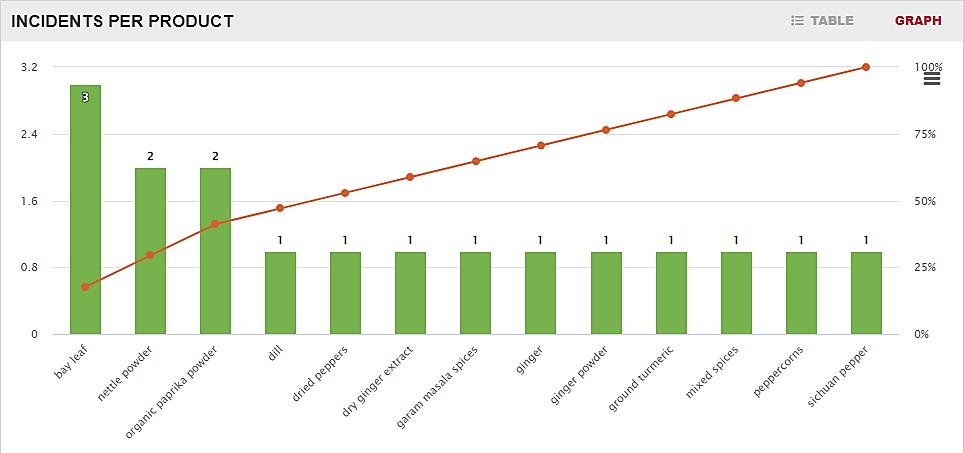
Among the distribution countries of the contaminated products were Austria, Belgium, Bulgaria, France, Germany, Italy, Norway, Sweden, Luxembourg, and Spain, forced to take the necessary measures. Actions taken in each country ranged from informing recipients and public warnings to recalls and withdrawals, depending on the risk of the incident.
And it’s not just PAHs, as we have already said. Illegal colorants, mycotoxins, pesticide residues, heavy metals, polychlorinated biphenyls, and toxic endogenous compounds, such as coumarin, can affect the safety of spices and herbs. And of course, uncontrolled moisture content can trigger microbial growth.
The supply chains of spices, which are exclusively produced in subtropical and tropical regions, have always involved global trade. Primary production of spices and culinary herbs often takes place in countries, where the production structures and quality control systems aren’t harmonized with the food standards of the other world. This issue is well shown in the following map.
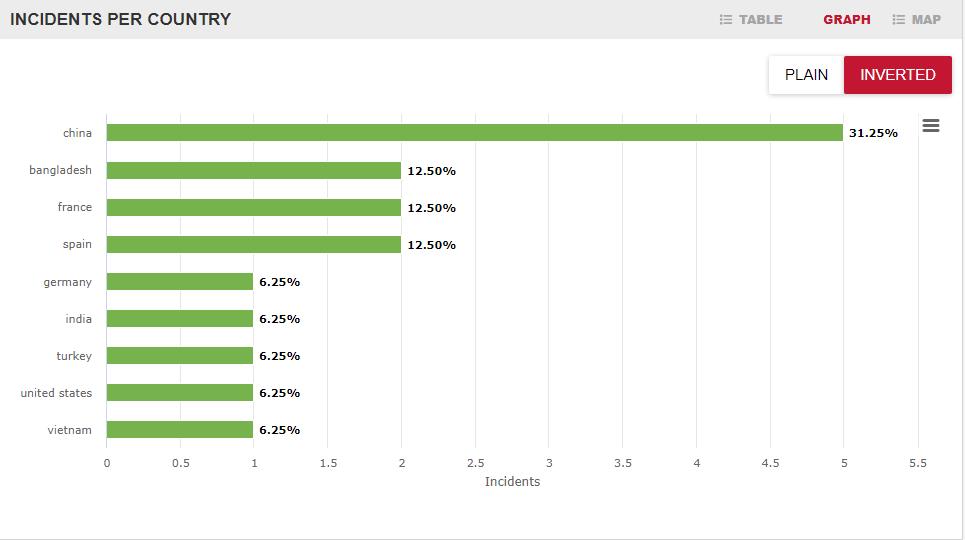
According to predictions from FOODAKAI, India, China, Brazil, Sudan, Turkey, and Nigeria are the originating countries, from which herbs and spices would cause future incidents. USA and France are among these countries as we can see on the map, even though quality standards and product specifications are usually followed in these countries. Hazards likely to increase for the category herbs and spices in the forthcoming months are shown in the following table.
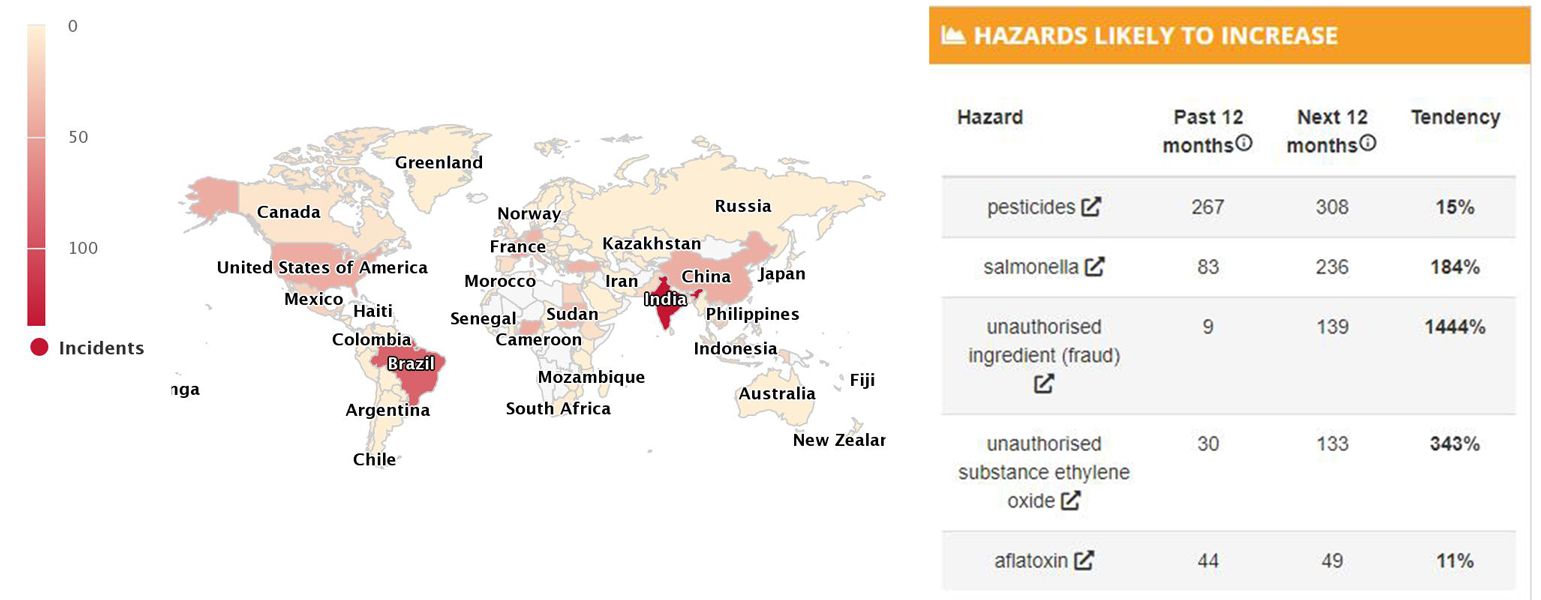
So, do we keep potentially carcinogenic compounds in our cupboards? Well, the answer is probably…yes. But let’s not forget here, that “the dose makes the poison”. Human exposure to contaminants such as PAHs is first attributed to the amounts of consumption and secondly to the levels of the contaminants in the food product. So, the number of herbs and spices that we all use in our food could hardly be harmful to human health. Unless you prefer things… really spiced up, you don’t have much to worry about. The problem here lies mostly in the production or the import companies, which may encounter issues such as loss of revenue, due to product recalls, obstacles regarding the cross-border trade or hesitant from consumers to purchase products from a company with past contamination issues. Additionally, companies that repeatedly experience this kind of safety problem may face increased regulatory scrutiny from agencies, causing extra costs and delays in the distribution of products to market.








